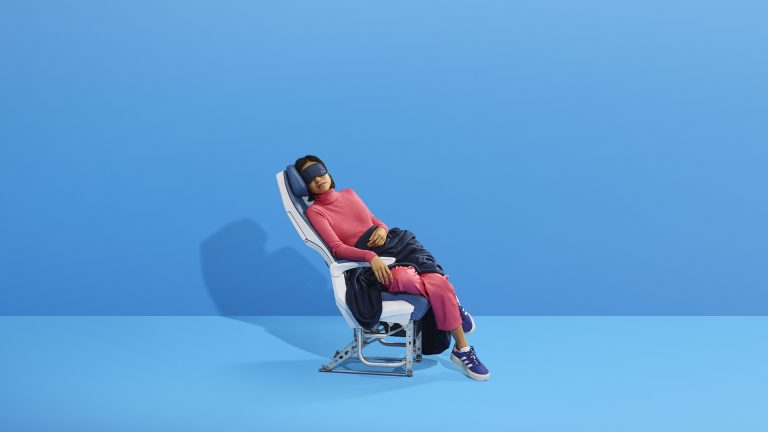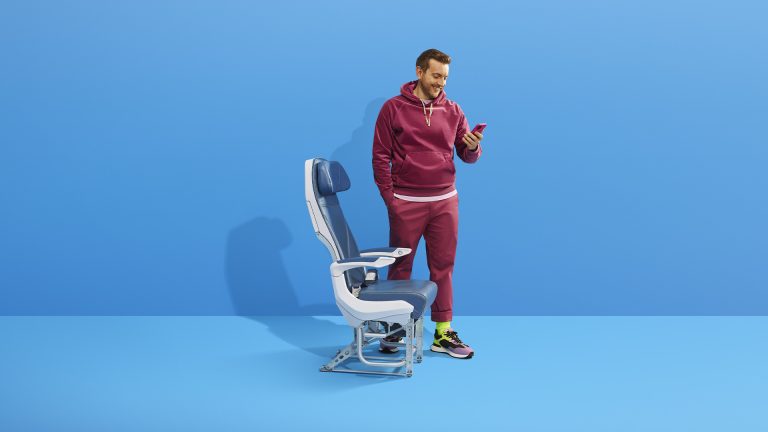Belgium is often overlooked by travellers passing through its capital, Brussels, on a tour of several European cities. However, this small country on the North Sea has much to see (and taste!), not to mention the richness of its two distinct cultures. Here is our practical advice on how to make the most of a destination that deserves to be discovered.
Ready for your start making your travel plans to Belgium?
Money: is tipping customary in restaurants in Belgium?
Unlike many countries, Belgium maintains a unique approach to gratuities. Service workers receive fair wages, which means tipping serves as a gesture of appreciation rather than an obligation. Most establishments include a service charge of 10-15% in their final bill.
- For exceptional service, consider rounding up your bill or leaving a small token of gratitude. In restaurants, an extra €1-2 proves sufficient.
- For taxi rides, simply rounding up the fare satisfies local customs.
- Remember that hotel staff, particularly porters handling luggage, welcome a small gratuity of €1 per bag.
Belgium travel advice: when to go?
Belgium, like its neighbour England, is known for its cool and rainy temperatures. While evenings can be chilly, rain is definitely less of an everyday occurrence for Belgians than for the English. Travellers should come in spring and summer to enjoy long, sunny days and make the most of each day.
Is Brussels, Belgium safe to travel to right now?
Yes, Belgium is still one of the safest destinations in the European Union and indeed in the world. Even for women travelling alone! Of course, visitors have to exercice a certain degree of caution in the big cities, no matter the country, to avoid incidents of petty crime. Be especially mindful of pickpockets on the Grand Place in Brussels!
However, it should be noted that the Canadian government advises Canadian travellers going to Belgium to exercise caution due to the ongoing terrorist threat. You won’t be surprised to find heavy military presence in certain areas such as central stations and city centres.
However, as a visitor, you can draw up travel plans to Belgium with peace of mind.
What should I know before going to Belgium? That it’s a country of two languages.
An understanding of Belgium’s linguistic landscape will only enrich your travel experience. In the northern part of Belgium, Flanders, Flemish Dutch is spoken by about 60% of the Belgian population. In the southern region of Wallonia, French is spoken by around 40% of the population. Not all Walloons speak Flemish, and vice versa.
Also, place names often change depending on the language region—for example, Antwerp becomes Anvers in French, while Liège transforms to Luik in Dutch. This linguistic diversity shapes Belgium’s rich and uniquely dual cultural identity.
Brussels stands as a unique bilingual hub where both languages flourish side by side. Street signs, menus, and public announcements reflect this dual heritage. As everywhere else in the world where the local language is not spoken by visitors, English serves as a practical bridge particularly in urban areas and tourist destinations.
But if only out of respect, try to pick up a few words of Flemish when you visit the canals of Bruges or the chocolate shops of Antwerp. Local people will always appreciate you trying, regardless of how good (or bad) your pronunciation is.
A gourmet destination
Waffles, chocolates, beers, mussels and chips are the classics that are easily associated with Belgium. But Belgian cuisine – hearty and comforting – has much more to offer! Flemish stew, meatballs (Liège-style or with tomatoes), vol-au-vent and waterzooi (a potato and chicken or fish soup) are all typical dishes that will delight you. The restaurants in the Sablon and in the Place Sainte-Catherine are reliable options in Brussels, far from the tourist traps. In the Kingdom of Sweets, the choice is endless! Between truffles, pralines, ice creams, cuberdons, florentines, madeleines and speculoos, there’s something for everyone!
Is Belgium only for beer lovers?
Wrong! First of all, there are so many types of beer that it’s impossible not to find “your” beer. Abbey and Trappist beers are the most popular among connoisseurs, as are fruit beers (especially Kriek cherry beer), which are perfect as an aperitif on a terrace.
Challenge yourself and try a different beer every day! Or better still, visit a brewery to learn more about their process. Restaurants and cafés throughout Belgium offer a wide range of beers; some even offer food and beer pairings, so you can make some great discoveries.
The kingdom of comics
To fully enjoy Brussels’ status as the comic strip capital, you should get to know the 9th art before you leave: of course you know Tintin, Spirou, the Smurfs, Gaston Lagaffe and a few others, but the world of Belgian comic strips is vast and you’ll make many discoveries at the Belgian Comic Strip Centre.
Take the opportunity to follow the Brussels Comic Strip Route and see the spectacular murals that decorate the city walls. For Tintin fans, the Hergé Museum is a must. Located in Louvain-la-Neuve, it’s easy to reach by train from Brussels.
Tips for driving in Belgium
- Right-hand priority rule applies at intersections, giving way to vehicles approaching from your right side.
- Speed limits vary: 50 km/h in cities, 90 km/h on major roads, and 120 km/h on highways.
- Blood alcohol limit is 0.05%, lower than many countries, with heavy fines starting at €137 for violations.
- Low emission zones exist in Brussels, Ghent, and Antwerp – register your vehicle before entering these cities.
- Road signs appear in French in Wallonia and Dutch in Flanders – familiarize yourself with both languages.
- Watch for trams in city centers as they always have right of way over other vehicles.
Places to visit in Belgium for the chocolate lover
Chocolate is serious business in Belgium. The great chocolatiers (Pierre Marcolini, Neuhaus, Corné Port-Royal, Wittamer, Laurent Gerbaud, Mary) create “haute couture” and present their new “collections” every season. And it’s amazing! Don’t be tempted by the cheap chocolates.
You’re in the land of “the best chocolate in the world”, so taste the specialities of these great masters. Allocate a (rather large) budget accordingly… it’s haute chocolaterie after all!
Long live the train
Belgium is a small country and the cities, even Brussels, are not especially vast (nothing like London, for example. So don’t hesitate to take the train (direct lines with no transfers) on day trips to discover other Belgian tourist attractions, either in Flanders (Bruges is 1 hour away by train, Leuven 30 minutes) and in Wallonia (Namur and Liège are also 1 hour away by train).
And don’t miss the chance to see the sea if you can! Ostend is only 1.5 hours away from Brussels by train, and you can reach the pretty seaside town of De Panne in two hours. In short, make the most of your stay in Belgium by exploring it thoroughly and don’t limit yourself to Brussels, which can be seen in two days.
Check the SNCB website for timetables, fares (very reasonable, with various discounts), buy your tickets and finalise your travel plans. You can also buy your tickets directly at the station, as you don’t need to reserve your seat in advance. Brussels Central Station is just a stone’s throw from the Grand-Place and there are frequent departures between the capital and other Belgian cities.
Good to know: Train announcements are bilingual (French/Flemish) in Brussels stations only. Outside this area, announcements are in Flemish (in Flanders) or French (in Wallonia).








